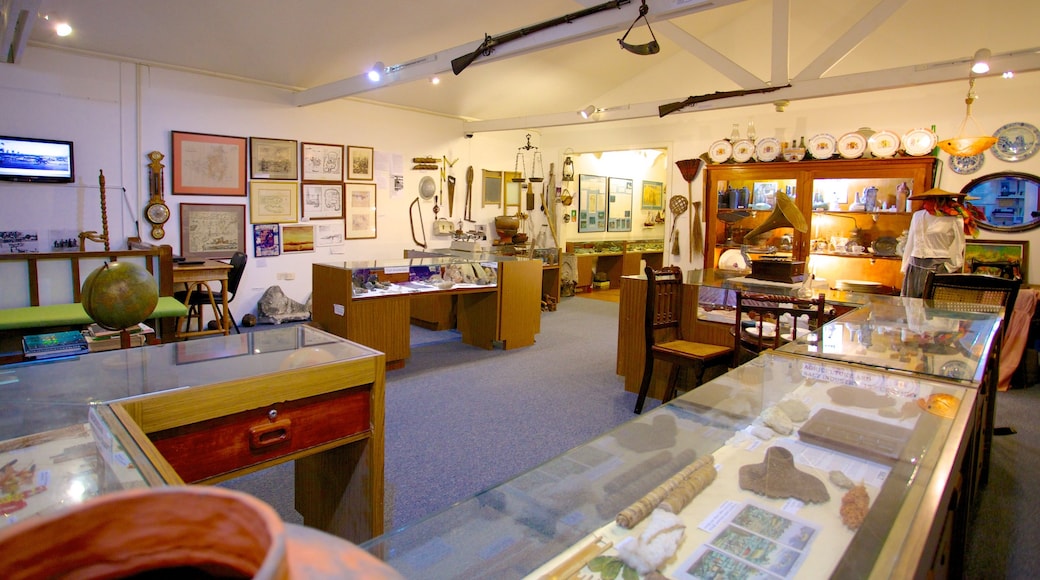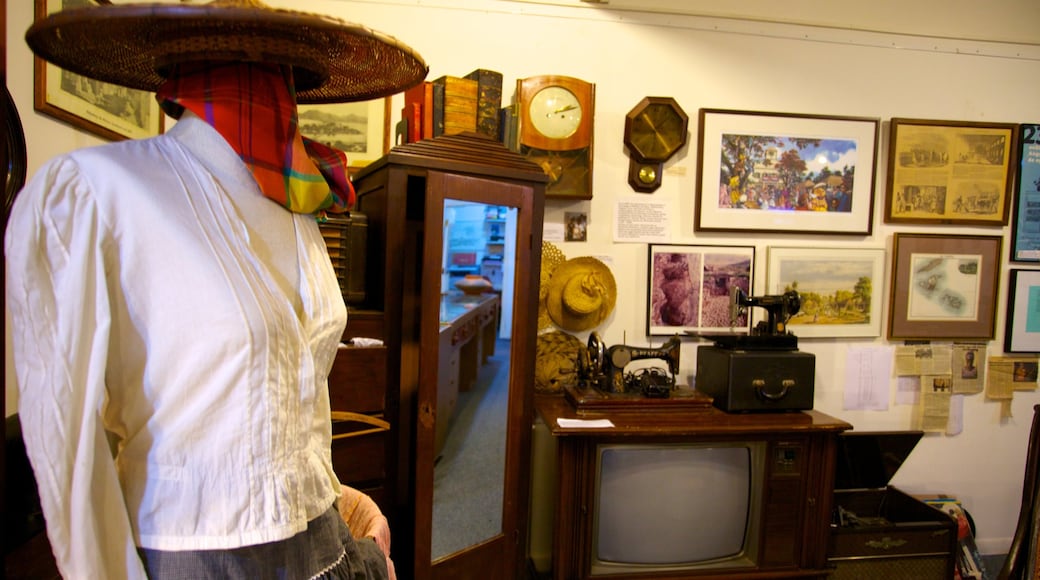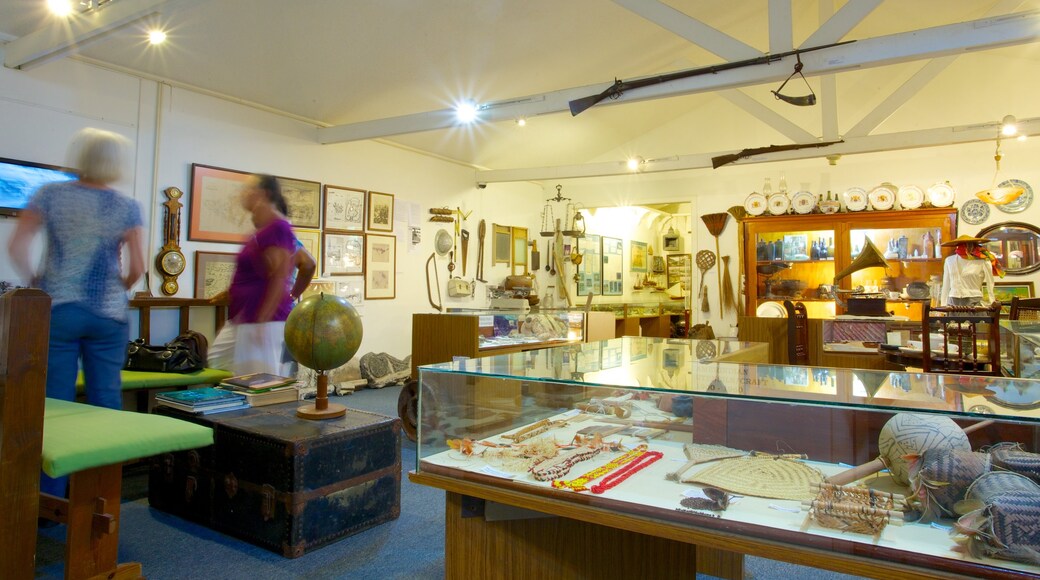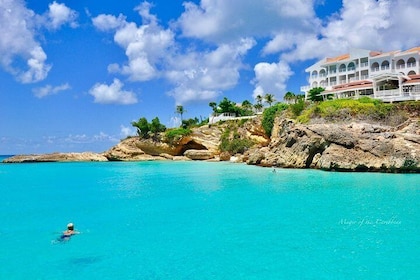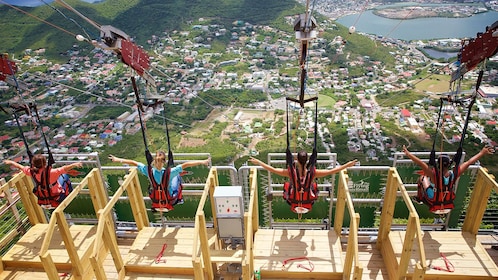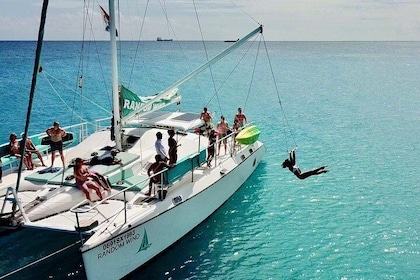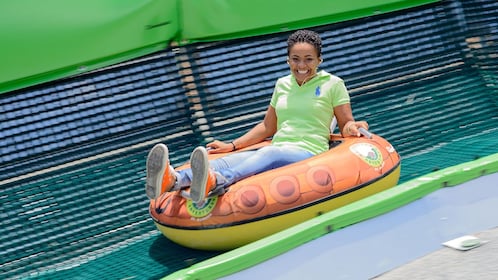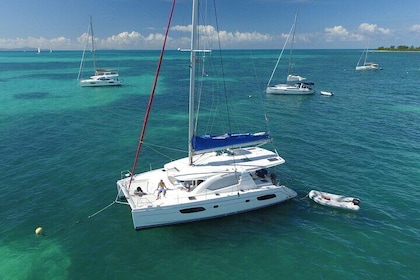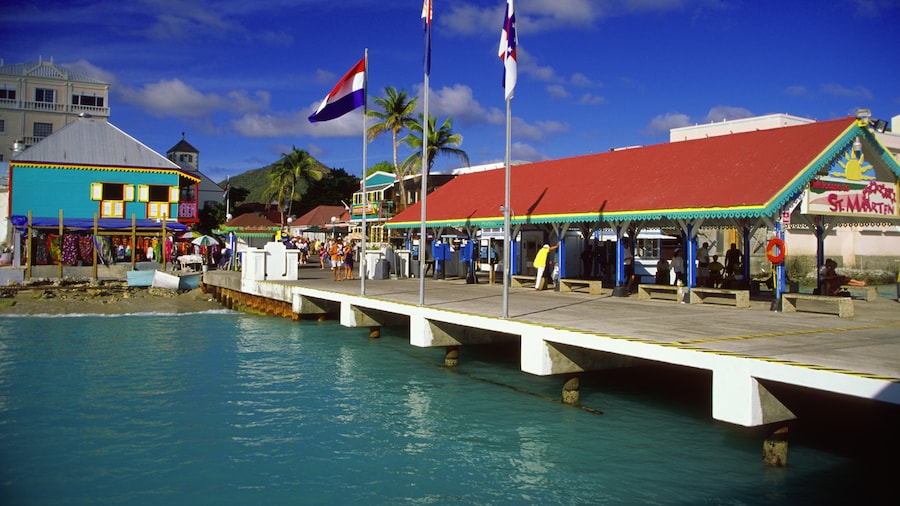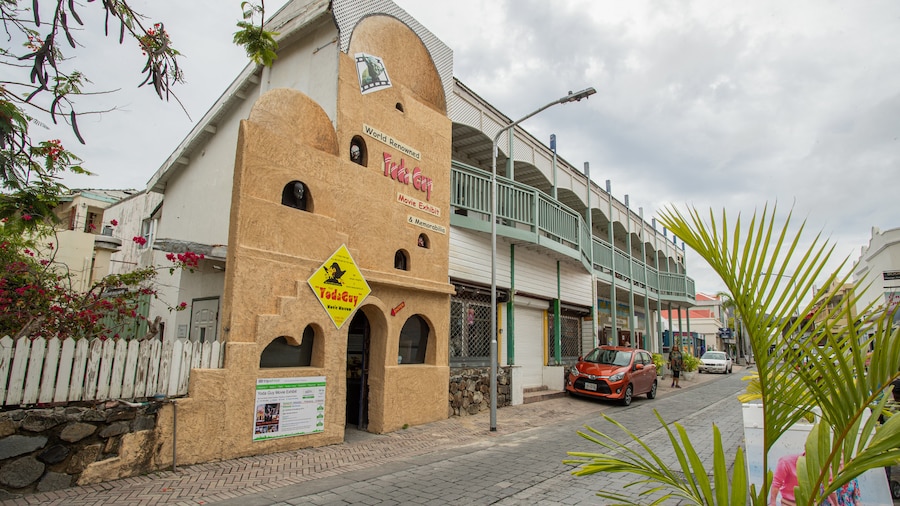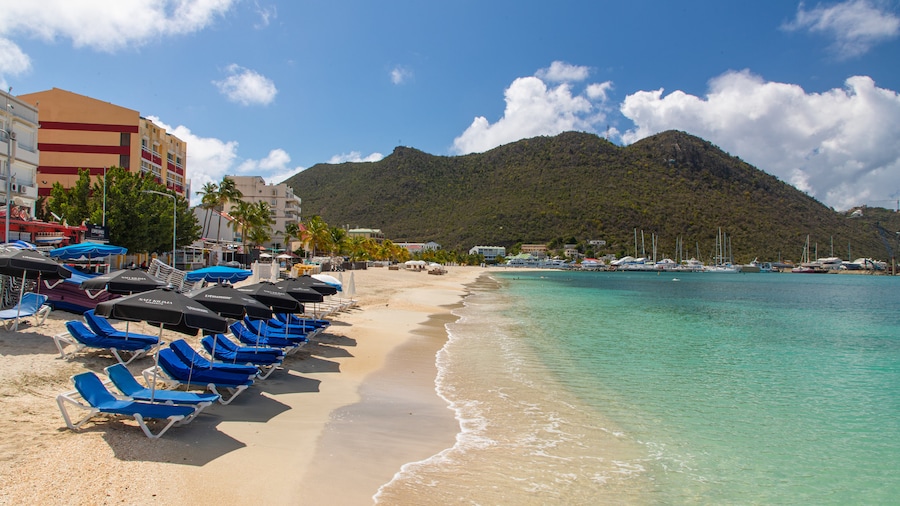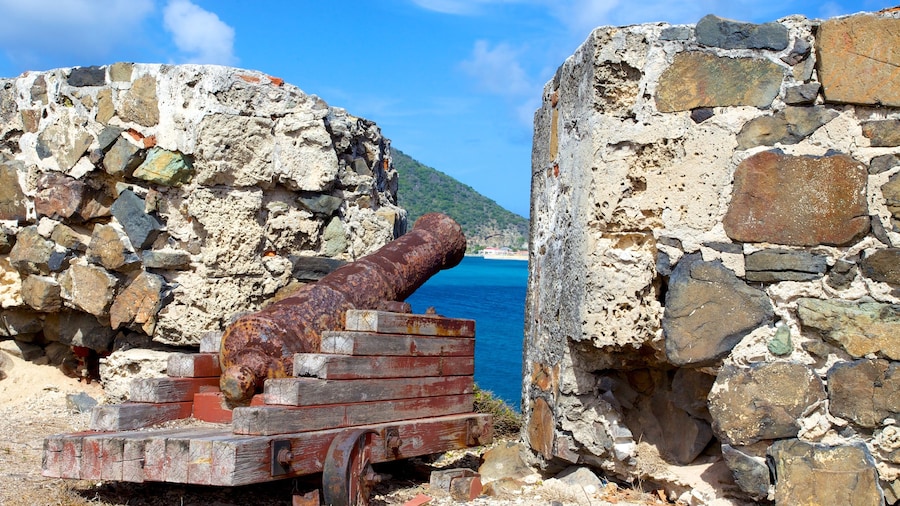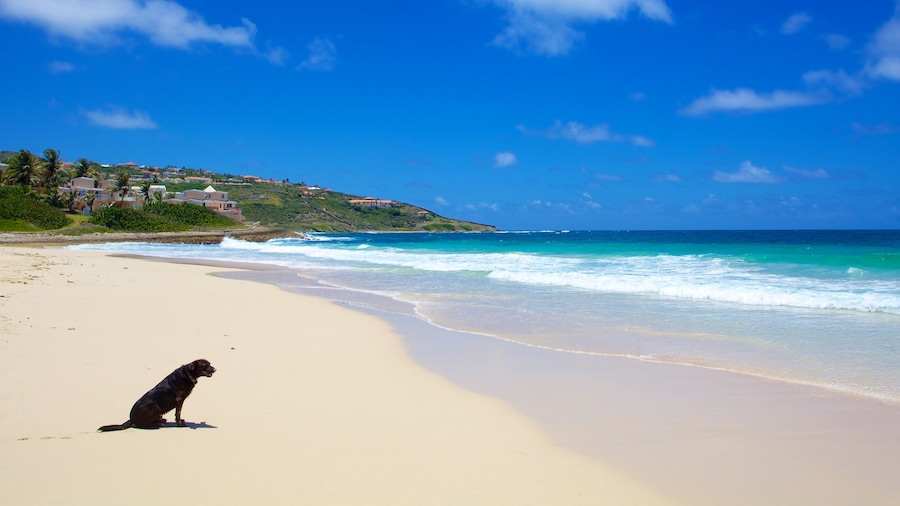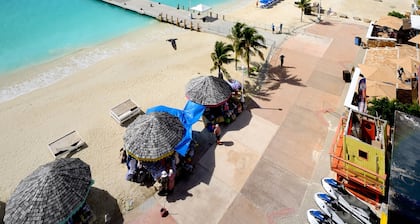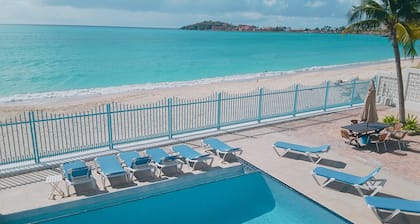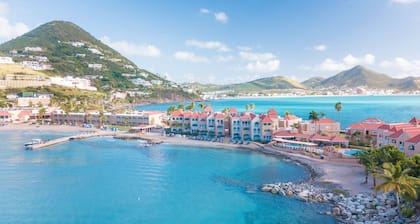The St. Maarten Museum is a small building, almost hidden in one of Philipsburg’s side streets. This little gem is certainly worth a visit and makes for a nice break from lazing on beaches. The exhibits give visitors insight into local history and place local customs and languages in a social context.
St. Maarten’s first museum opened its doors in 1989. Thanks to the tireless efforts of the St. Maarten National Heritage Foundation, it has continued to expand ever since. The museum’s exhibits reveal the island’s social, political and natural history.
The museum’s permanent exhibits include relics dating as far back as 500 B.C., including tools, sculptures and tombs. Learn about the early days of life on the island. The Arawak people came here circa A.D. 1000, all the way from the jungles of South America.
Learn about the role of colonialists in the Caribbean and the four nationalities that ruled over St. Maarten: Dutch, Spanish, English and French. See exhibits about sugar farming and salt mining, which provided the main livelihood until tourism took center stage. The museum also touches on the dark days of slavery, when Africans were brought in to work in the mines and on the plantations.
See relics recovered from the HMS Proselyte shipwreck. The navy ship belonged to the Dutch before a mutiny. The ship was then part of the British Royal Navy fleet until it sunk off the coast of St. Maarten in 1801. The wreck became a popular dive site and many of the relics discovered on the ocean floor can be seen at the museum.Don’t miss the pre-Colombian pottery and artifacts discovered from the area of the Hope Estate on the French part of the island.
St. Maarten Museum is tucked away in a side street off Front Street in central Philipsburg. Those arriving by car will find parking lots nearby.
The museum is open on weekdays. While entry is free, donations for the upkeep of the museum are welcomed.
